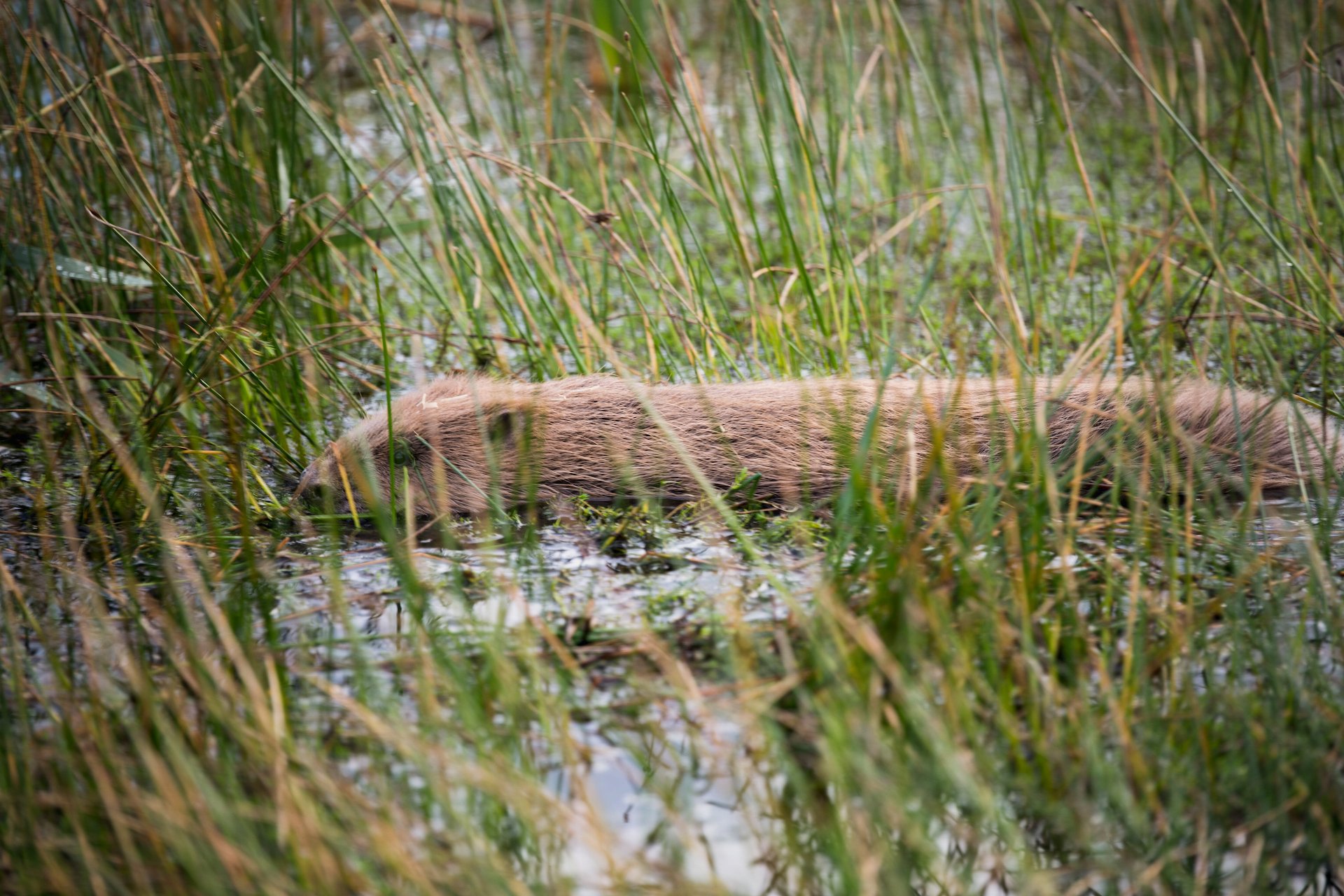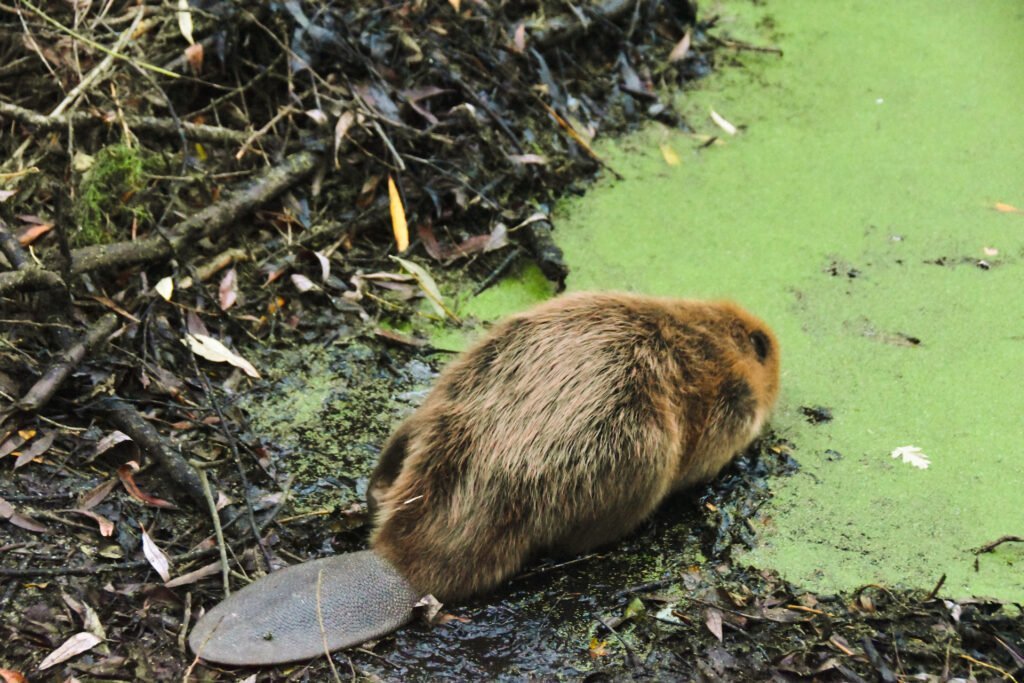
As environmental consultants who are committed to ensuring positive conservation outcomes, we welcome the announcement that beavers are now legally protected in England.
On 1 October 2022 the legislation changed to protect wild-living beavers in England. Beavers are now listed in Schedule 2 of the Conservation of Habitats and Species Regulations 2017. It is now an offence to deliberately capture, injure, kill or disturb beavers, or to damage or destroy their breeding sites or resting places without a wildlife management licence from Natural England.
Current populations of wild living beavers in England are very small and scattered across the Midlands and southern regions. The hope is that the new legislation will safeguard beaver populations from persecution and ensure management action does not threaten the recovery of this native species.
Throughout the UK, a number of Wildlife Trusts have released beavers. These trials have enabled The Trusts to gain excellent insights and knowledge of beavers in the wider landscape. Read more about these exciting projects here.

Why are beavers important?
Beavers are the true eco-engineers of the natural world. They make changes to their habitats, such as coppicing trees and shrub species, damming smaller water courses, and digging ‘beaver canal’ systems. These activities create diverse and dynamic wetlands – helping to connect floodplains with their watercourses once again. In turn, these wetlands can bring enormous benefits to other species, such as otters, water shrews, water voles, birds, invertebrates (especially dragonflies) and breeding fish.
Beavers and the landscapes they generate benefit both people and wildlife because:
- They help to reduce downstream flooding – the channels, dams and wetland habitats that beavers create hold back water and release it more slowly after heavy rain
- They increase water retention
- They improve water quality
- They reduce siltation, which pollutes water
- Wetlands sequester carbon – essential in this climate crisis
In November 2021, Nottinghamshire Wildlife Trust released 8 beavers into its enclosure at Idle Valley Nature Reserve. If you would like to read more about the positive impact the beavers are having on the site, please click here.

When do you need a beaver licence
As a developer it is your responsibility to spot the signs of when beavers are present on a development site and understand when a licence is required to carry out work.
You must have a licence if you need to:
- modify or remove a burrow or lodge
- modify or remove a dam that is associated with a burrow or lodge
- remove a food cache where it is joined to a lodge
- cause disturbance that affects a beaver’s ability to survive or breed
- transport and release a beaver
- kill, injure or capture a beaver
- possess a dead beaver or its body parts
- sell or exchange, or offer for sale or exchange, a beaver
You could have beavers on your land if you see:
- trails through vegetation on banks around bodies of water
- channels leading from the waterway
- resting places like burrows, lodges or day rests
- gnawed or felled trees
- branches, sticks or shrubs that are cut at an angle of about 45 degrees
- dam building in a watercourse
The current likelihood of finding beavers on your development site is incredibly low. However, there are many more widespread protected species that could be present on your development. If you need further advice with regards to these protected species, please contact a member of the EMEC team.